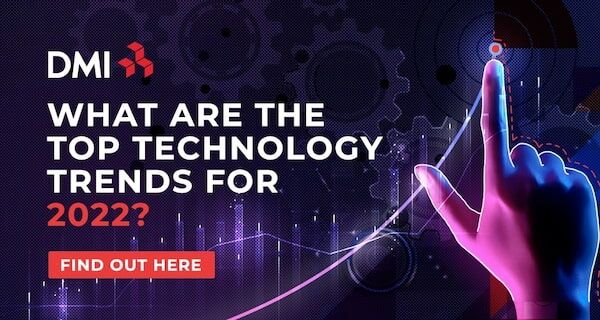The Impact of Digital Vehicle Identity On the Automotive Industry
Imagine never again having to manually register your vehicle, punch in a keycode at a security gate, or stop at a toll booth. Better yet, imagine the peace of mind that comes with knowing that you can track and recover your stolen vehicle almost as soon as the thief drives off. How is this possible? The answer is digital vehicle identification.
As leading auto manufacturers discover new possibilities in digital transformation, vehicle identification is at the forefront of digital innovation. Using Bluetooth technology, connected vehicle cloud services, and the Internet of Things (IoT), developers are creating a more convenient and secure driving experience for car enthusiasts.
What is Digital Vehicle Identification?
Digital vehicle identification, or Digital VIN, is a vehicle identification number (VIN) that auto manufacturers store in your car’s computer system. The VIN is your vehicle’s primary form of identification and works with a wide range of applications or connected vehicle strategies. Designers embed the number throughout the system so that you cannot remove it.
The ID number on your car is useful for various applications in key areas, such as:
- Automation
- Security
- User controls
- Forensics
- Vehicle registration
- Insurance claims
- Maintenance and repairs
- Vehicle-to-vehicle (V2V) communication
The possibilities for accessing and utilizing the digital VIN are endless and provide you with an enhanced driving experience. Using VIN technology, you can track events throughout the life of your car.
Transitioning from Manual to Digital Operations
Think about all the things you have to do manually to operate, maintain, or identify your vehicle. Many of these tasks are repetitive, time-consuming, and irritating, whether performed by you or someone else.
Digital vehicle identification eliminates the hassle and risk associated with manual operation by allowing your car’s built-in ‘birth certificate’ to automate these processes and communicate with other devices and systems on a vast network wherever you go. So far, leading manufacturers, such as BMW, Ford, Audi, Jeep, and Jaguar, have adopted the technology, expanding into every area of your car’s system.
Digital License Plates
Digital license plates are currently available in California and Arizona. Texas, Georgia, and Michigan are likely to adopt digital license plates by the end of 2022, launching a trend that is soon to spread nationwide as states move toward digital transformation with vehicle registration.
Digital license plates do more than displaying the plate number. You have options for how you want your number to be visible during the day or when visibility is low due to weather conditions. The plates also warn you if someone has stolen your car or there is an Amber alert. Digital plates also allow you to update registration directly through the plate instead of purchasing new registration stickers annually.
Maintenance and Repair Records
Mechanics also use VINs to look up your car’s maintenance and repair history. Past events, like a collision or major repair, give context to a current issue, making it easier to diagnose and fix your car. However, this information is not always easy to look up. When searching your car’s history online or via an app, there may be gaps in service, insurance claims, or even previous ownership.
A digital VIN can store every event in the car’s timeline by allowing the car to communicate with the mechanic’s devices or computer system. For example, using a network, sensors, or Bluetooth, the digital VIN can access repair records, insurance claims, or other vital information. As a result, no matter where you go for car repairs or maintenance, a mechanic can retrieve that information directly from your vehicle as soon as you drive into the shop.
Driving Convenience
Thanks to the Internet of Things (IoT), digital vehicle identity can improve your driving experience at any time. For instance, manually pushing a keypad to gain entry can be a hassle if you live in a gated community. Using the IoT or Bluetooth, a scanner can now detect your digital VIN and automatically open the gate.
The same applies to toll booths. Instead of stopping to pay the toll, a device can scan your digital license plate or onboard VIN and automatically bill you or charge your credit card as you drive through the tollbooth.
You can also use your VIN as a part of a vehicle-to-vehicle (V2V) system that allows communication between vehicles to wirelessly exchange information about their speed, location, and heading. It’s ideal for trips that involve multiple vehicles. Instead of manually sending navigation information to another user, your vehicle’s navigation can automatically exchange the information via the VIN.
Make the Digital Transformation with DMI
The future of driving is becoming more driver-centered, connecting you with the outside world from inside your vehicle. However, delivering innovative ideas like digital vehicle identification requires an expansive platform with advanced connectivity.
This platform is at the heart of an ecosystem that reaches outside current automotive leaders, including consumer service providers, retailers, cities, and beyond. Instead of relinquishing control, we see brands spearheading the movement towards greater car communication, convenience, and safety.
To find out more about what DMI can do for you or speak to one of our digital transformation experts, contact us today. 



